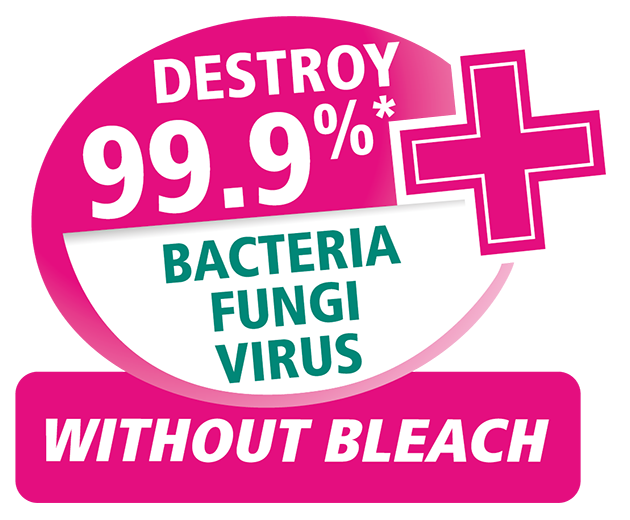What is a microbe?
Bacteria
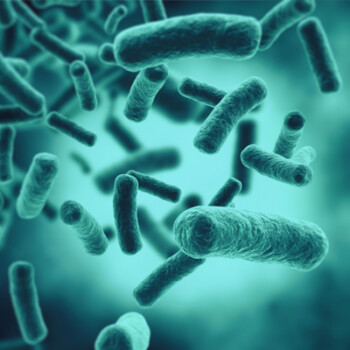
What is a bacterium?
Bacteria are living micro-organisms capable of reproducing on their own through cell division.
Not all are dangerous. There are good bacteria essential for humans, such as those present in the digestive tract, allowing digestion or the production of vitamin K, etc. There are also those used in the process of waste water treatment, in the food industry in the manufacture of yoghurt or cheese and in the industrial production of medicines. But there are also bad bacteria, called pathogens, which can cause infections and diseases. There are about a hundred pathogenic species out of every 5,000.
Where do you find bacteria?
In water, soil, plants, air, food and even on our hands; bacteria are everywhere. There are so many of them that it has been calculated that there are 10 times more bacterial cells than human cells in the human body!
At home, bacteria thrive in hot, humid and busy places. They are thus mainly found in toilets, bathrooms, kitchens, on objects (switches, keyboards, telephones, etc.) and even on laundry.
But beware of misconceptions; some bacteria like listeria are able to grow at very cold temperatures like inside the refrigerator.

Common diseases related to bacteria
- Gastroenteritis
- Meningitis
- Conjunctivitis
- Tooth decay
- Food poisoning (salmonella, listeria, etc.)
- Urinary tract infections
- Skin infections (Whitlow, abscess, etc.)
- ENT infections (bronchitis, ear infections, tonsillitis, etc.)
How do you protect yourself from bacteria?
- Wash your hands with soap or hydroalcoholic gel after going to the toilet, before eating or when you have been in contact with objects (especially in public places).
- Clean and disinfect surfaces in contact with food.
- Cook food well.
- Clean and disinfect the most contaminated surfaces of the house.

Fungi
What is a fungus?
Fungi are micro-organisms that are not mobile or hardly move, made up of cells with nuclei that produce very large, fluffy colonies. There are very large varieties of fungi such as moulds or yeasts.
Fungi are widely used in food and the biotechnology industry, in particular for fermentation, the production of enzymes or the production of antimicrobials, green technologies or pollution control for their ability to detoxify our environment (water, air or soil).
Yeasts in particular (single-cell fungi) are used in the manufacture of wine, beer, bread and antibiotics.
However, fungi can cause some illnesses.
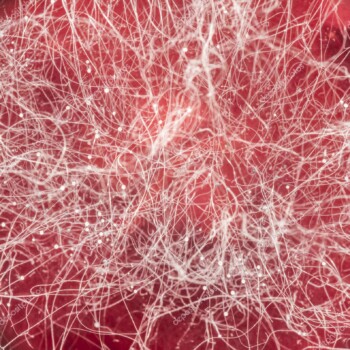

Where do you find fungi?
Fungi feed on organic matter or as a parasite in a host. They are thus found on skin, nails, food (fruits, vegetables, etc.). Fungi spores are also found in the air, and can infect the respiratory tract. As for mould, it is frequently found in damp areas and sheltered from the sun, such as the bathroom or the kitchen.
Common diseases related to fungi
- Aspergillosis, the most common being bronchopulmonary aspergillosis causing coughing and difficulty breathing
- Genital yeast infection
- Fungal infections of the nails and feet, such as athlete's foot
- Oral thrush, common in infants
How do you protect yourself from fungi?

- Throw away spoiled food and wash fruits and vegetables.
- Clean and disinfect the refrigerator.
- Wash your hands regularly.
- Air the house daily.
- Clean and disinfect damp rooms and areas of stagnant water (tile joints, around taps, etc.).
- Disinfect your laundry, and especially underwear, sportswear and household linens.
- Wear shoes that breathe and/or disinfect your shoes.
Viruses
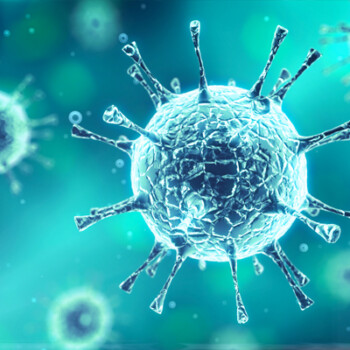
What is a virus?
Viruses are the most numerous microbes. There are approximately 1032 of them on planet Earth.
Unlike bacteria, they are not alive and cannot reproduce on their own. They need to get inside a living cell in order to multiply and spread throughout the body.
Where do you find viruses?
Inside a sick person’s cells. We generally find them:
- In a sick person (saliva, hands, etc.). For some contagious viruses such as influenza, it is recommended avoiding coming into contact with it as much as possible in order to limit the risk of contagion.
- On objects and surfaces, where they can survive long enough to be caught by contact. This happens when you touch objects touched by a sick person (door handles, switches, keyboards, etc.).
- In the air, for example, if an infected person coughs or sneezes near another person, they release viruses into the air that they can breathe.
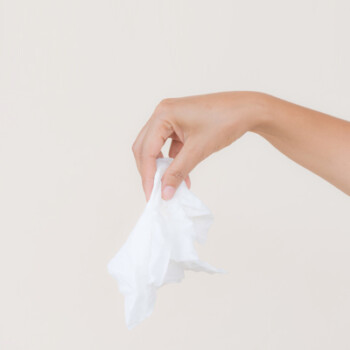
Common diseases related to viruses
- Influenza
- Common cold
- Measles
- Chickenpox
- Mononucleosis
- Herpes
- HIV
- Smallpox
- Hepatitis
How do you protect yourself from viruses?
- Use tissues and always throw them away.
- Wash hands with soap or hydroalcoholic gel after use.
- Cover your mouth or nose when you cough or sneeze.
- Wash hands after using the toilet.
- Regularly clean and disinfect linen, surfaces and objects touched by a sick person.
- Avoid over-frequent touching of eyes, nose and mouth. These are gateways for viruses.
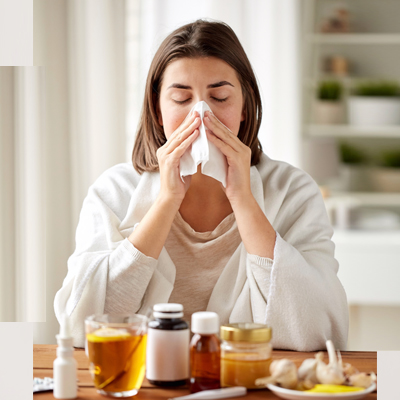
Some examples of harmful microbes:
| Family | Species | Symptoms/diseases |
|---|---|---|
|
Bacteria |
Escherichia coli | Gastroenteritis (diarrhoea, vomiting, intestinal pain, fever) |
| Bacteria | Salmonella | Salmonellosis (diarrhoea, vomiting, intestinal pain, fever) |
| Bacteria | Listeria | Listeriosis (diarrhoea, vomiting, stomach pain, fever) |
| Bacteria | Staphylococci (or MRSA) | Angina, skin infections, over-infection of wounds, gastroenteritis. |
| Bacteria | Pseudomonas | Urinary tract, skin, pulmonary, eye, ear infections, etc. If food-borne: diarrhoea, abdominal cramps, dehydration, cyanosis, etc. |
| Bacteria | Legionella | Lung infections with sepsis. |
|
Virus |
Influenza virus | Influenza |
|---|---|---|
| Virus | Herpes simplex | Cold sores, herpes, chickenpox, shingles |
| Virus | Rotavirus | Gastroenteritis |
| Virus | Rhinovirus | Common cold, bronchiolitis, bronchopneumonia and other mild respiratory conditions |
| Virus | Poliovirus | Poliomyelitis (fever, fatigue, headache, vomiting, stiff neck and pain in limbs) |
| Virus | Adenovirus | Pharyngitis, tonsillitis, conjunctivitis, bronchitis and bronchopneumonia |
| Virus | VRS | Bronchiolitis, common cold |
|
Fungi |
Candida albicans and other moulds | Lung infections and dermatitis (e.g. thrush), yeast infections |
|---|---|---|
| Fungi | Trichophyton | Athlete's foot |
| Fungi | Aspergillus niger or brasilensis | Mould in the house, bronchopulmonary inflammation |
